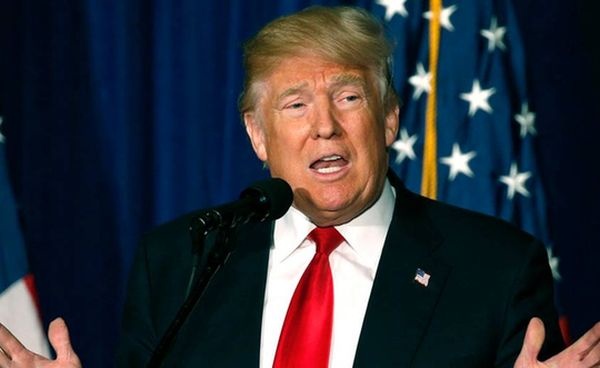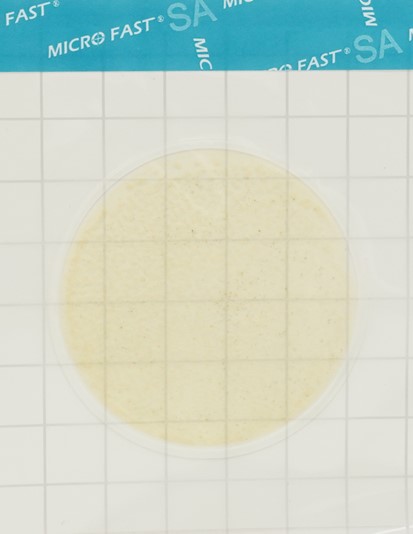The Ministry of Defense accused the United States of creating a coronavirus with a lethality of 80%
An artificial pathogen of CORONAVIRUS infection based on the omicron strain and the original Wuhan variant was created in October by scientists at Boston University, said Lieutenant General Igor Kirillov, HEAD of the Radiation, Chemical and Biological Defense Forces (RCBZ) of the Russian Armed Forces.
“In October, an artificial coronavirus infection pathogen was created at Boston University based on the Omicron strain and the original Wuhan variant. The modified virus obtained by the Americans caused the death of 80% of diseased model animals with the development of atypical neurological symptoms and severe lung damage. Testing the protective properties of antibodies showed an 11-fold decrease in their ability to neutralize a new pathogen and the ineffectiveness of existing vaccines, ”said a representative of the military department.
According to him, the "Boston experiment" suggests that the United States lacks a system of state oversight of R&D in the field of genetic engineering and synthetic biology. “Despite the high biological risks, the study was funded by the US state budget without the appropriate approval of the national biosafety regulator,” Kirillov emphasized.
He also pointed out that after the experiments, the US Department of HEALTH decided to conduct an investigation into the activities of the university leadership.
For the first time that a strain with an 80 percent lethality in test animals was created in Boston, the British Daily Mail reported on October 16. According to the publication, scientists conducted research on the spike protein of the omicron strain and created a hybrid from which 80% of the test mice died.
Scientists from Boston University then came out with a refutation that the “Boston strain” of covid-19 is more deadly than the usual version. According to them, the Daily Mail investigation was "taken out of context [of the study] in order to create sensationalism." “If at any point there was evidence that the study was getting out of control, we would immediately stop and report it,” the university said in a statement to the Associated Press.
Read on RBC Pro Degradation and theft awaits us: how companies are trying to protect data Hard discounters are on the rise: how and on what Russians began to save Are you ready to change jobs: the pros and cons of such a decisionHow a simple habit can help you regain your self-confidenceThey also indicated that the study was conducted on mice, especially vulnerable to coronavirus. “It’s like this with mice: they either die or get sick with the virus in about a week, unlike humans, in whom the disease proceeds much more slowly,” said virologist Benjamin Neumann.
WHO spokesman refuses to consider coronavirus a seasonal disease Society
The first outbreak of coronavirus infection was detected in December 2019 in Wuhan. In March 2020, as the virus spread across the planet, the WHO declared the COVID-19 outbreak a pandemic.
In early May 2020, at that time , US President Donald Trump said that the Chinese authorities hid information about the coronavirus at the first stage of the spread of the disease. The American leader also said that he had evidence of the artificial origin of the virus in the Wuhan laboratory. However, the Bureau of Intelligence and Research of the US State Department did not support this version, explaining its position by the lack of evidence. CHINA, in response, referred to the conclusion of the WHO, which denied the laboratory origin of the coronavirus.
Nevertheless, already on June 10 this year, the SAGO Scientific Advisory Group on the Origin of New Pathogens at WHO reported that gaps remained in the data on coronavirus infection, which prevented the reconstruction of the picture of the spread of the virus.
Experts noted that the virus was found in patients who were associated with a seafood market in Wuhan, but the source of the infection and its route to the market remain unknown. They recommended re-examining the theory of laboratory origin.



























































